Strollers
introducing solid food to baby, introducing solids, introducing solids to a breastfed baby, introducing solids to baby, solid starts, starting baby on solids, starting solids, starting solids at 4 months, starting solids for baby, when to start feeding baby food, when to start solids
babymari.com
Baby Feeding Essentials for Starting Solids
Introducing solid foods to your Baby feeding essentials is a significant milestone in their development journey. It marks the beginning of a new chapter where your little one explores different tastes, textures, and experiences. However, embarking on this journey requires careful consideration of various factors to ensure a smooth transition and optimal nutrition for your baby.

Table of Contents
Importance of Baby Feeding Essentials
Baby feeding essentials play a crucial role in facilitating the solids-starting solids process. From choosing the right high chair to selecting appropriate utensils and introducing nutritious foods, each aspect contributes to your baby’s overall feeding experience and development.

Choosing the Right High Chair
A comfortable and safe high chair is essential for your baby’s feeding routine. Look for a sturdy chair with adjustable features to accommodate your growing child. Ensure that it has a secure harness or safety belt to prevent accidents during meal times.
Essential Utensils for Feeding
Plates and Bowls
Opt for durable, non-toxic plates and bowls that are easy to clean. Choose materials such as silicone or BPA-free plastic for safety and convenience.
Spoons and Forks
Invest in soft, silicone-tipped spoons and forks designed specifically for babies. These utensils are gentle on your baby’s delicate gums and promote self-feeding skills as they grow.
Sippy Cups
Transitioning from breast milk or formula to water or diluted juice requires the right sippy cup. Choose one with handles for easy gripping and a spill-proof design to minimize messes.

Essential Foods for Starting Solids
Purees
Begin with smooth purees of single-ingredient foods such as sweet potatoes, peas, or avocado. Gradually introduce a variety of fruits, vegetables, and grains to expand your baby’s palate.
Soft Foods for Self-Feeding
As your baby develops motor skills, introduce soft finger foods like banana slices, cooked carrots, or pieces of soft cheese. Encourage self-feeding to promote independence and sensory exploration.
Safety Considerations
When introducing solids, be mindful of potential food allergies and choking hazards. Always supervise your baby during meal times and cut foods into small, manageable pieces to prevent choking incidents.

Creating a Comfortable Environment
Establish a relaxed and positive atmosphere during meal times to encourage healthy eating habits. Minimize distractions and engage your baby with eye contact and gentle encouragement.
Tips for Successful Feeding
- Follow your baby’s cues for hunger and fullness.
- Offer small, frequent meals throughout the day.
- Experiment with different textures and flavors to keep mealtimes interesting.

Transitioning from Breast Milk or Formula
Gradually reduce the frequency of breast milk or formula feeds as your baby becomes more accustomed to solid foods. Offer water or milk in a cup to ensure adequate hydration.
Introducing Different Textures
As your baby grows, gradually increase the texture and thickness of foods to promote chewing and swallowing skills. Encourage exploration of different textures through mashed, minced, or chopped foods.

Cleaning and Maintenance of Feeding Equipment
Regularly clean and sanitize feeding utensils, high chair surfaces, and sippy cups to prevent bacterial contamination. Follow the manufacturer’s guidelines for proper maintenance and storage.
Seeking Professional Advice
Consult with your pediatrician or a qualified healthcare professional if you have any concerns about your baby’s feeding habits, nutrition, or development. They can offer personalized guidance and support based on your baby’s unique needs.
Understanding Baby’s Cues
Pay attention to your baby’s cues for hunger, fullness, and food preferences. Respect their individual pace and preferences while encouraging healthy eating habits.

Common Challenges and Solutions
From mealtime battles to food refusal, starting solids can present various challenges for parents. Stay patient, flexible, and responsive to your baby’s needs, and seek support from other caregivers or parenting resources when needed.
Conclusion
Starting solids is an exciting journey filled with new experiences and discoveries for both you and your baby. By investing in the right feeding essentials, creating a supportive environment, and embracing the process with patience and positivity, you can lay the foundation for a lifetime of healthy eating habits and joyful mealtimes.
Unique FAQs
- When should I start introducing solid foods to my baby?
- Most babies are ready to start solids around six months of age, but every child is different. Look for signs of readiness such as sitting up with support, showing interest in food, and loss of the tongue-thrust reflex.
- How do I know if my baby has a food allergy?
- Watch for symptoms such as rash, vomiting, diarrhea, or difficulty breathing after introducing a new food. If you suspect an allergy, stop feeding the food and consult with your pediatrician.
- What are some common choking hazards for babies starting solids?
- Foods like grapes, hot dogs, nuts, and large chunks of raw vegetables can pose a choking risk for babies. Always cut foods into small, manageable pieces and supervise your baby closely during meals.
- Should I offer water or milk with meals?
- Offer water in a cup with meals to promote hydration. If your baby is over one year old, you can also offer whole cow’s milk as part of their diet, but avoid giving cow’s milk as a main drink until after their first birthday.
- How can I encourage my baby to try new foods?
- Be patient and persistent, and offer a variety of flavors and textures. Encourage self-feeding and model healthy eating habits by enjoying meals together as a family.
Share this content:

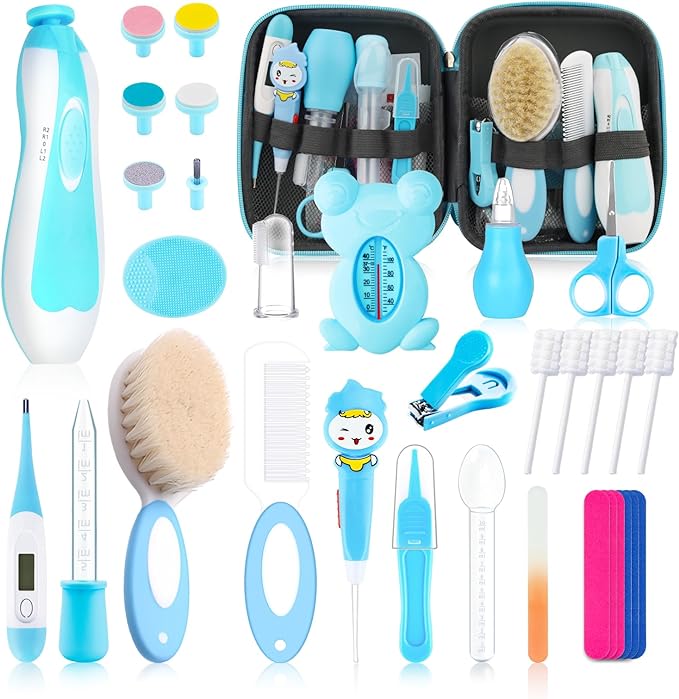
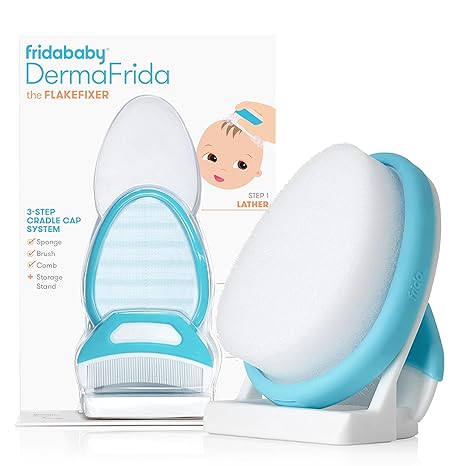

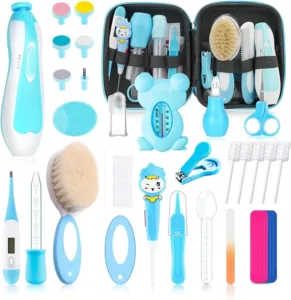



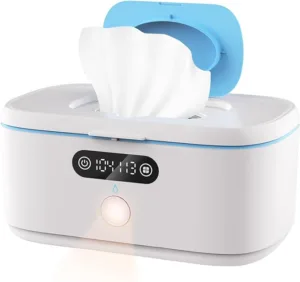
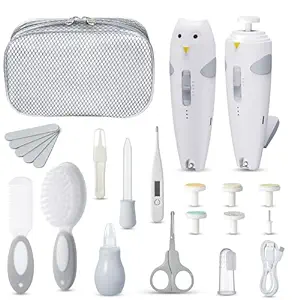



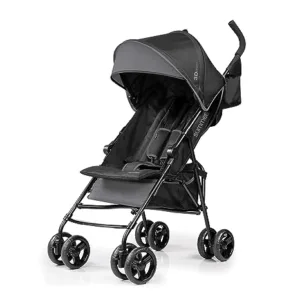
Post Comment